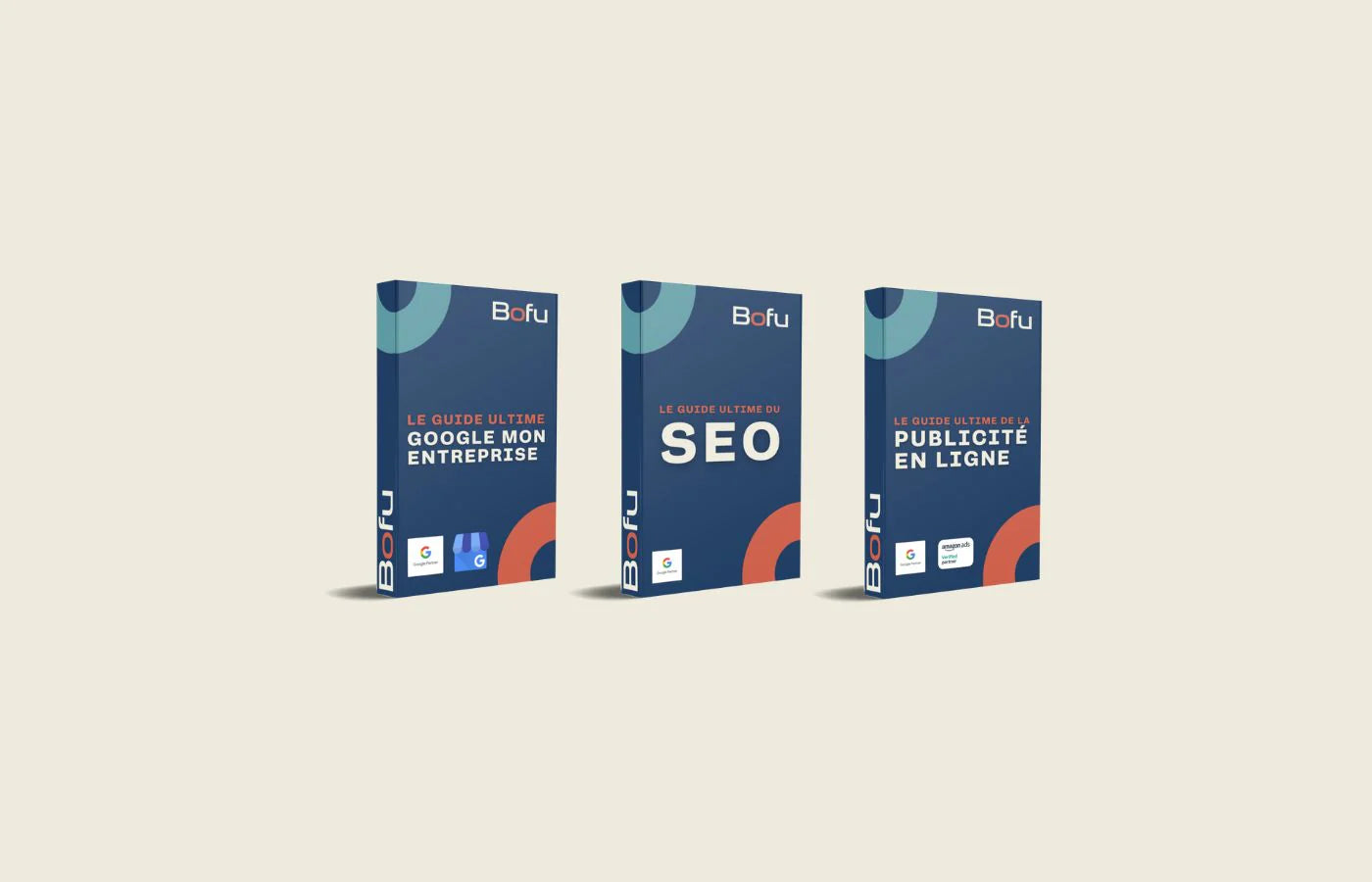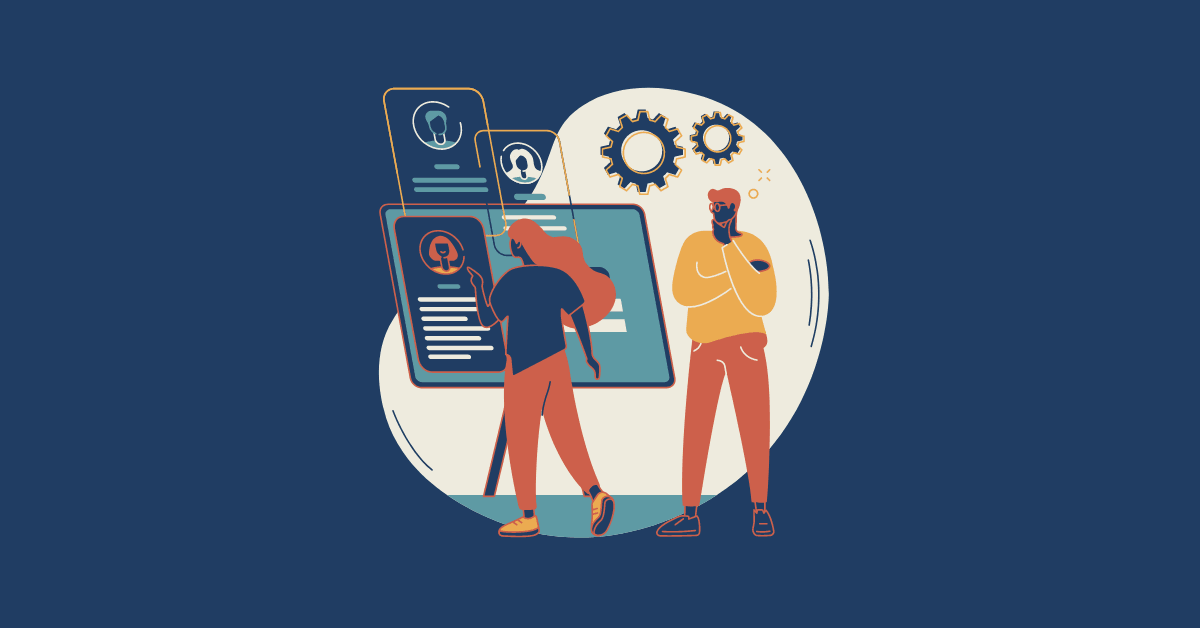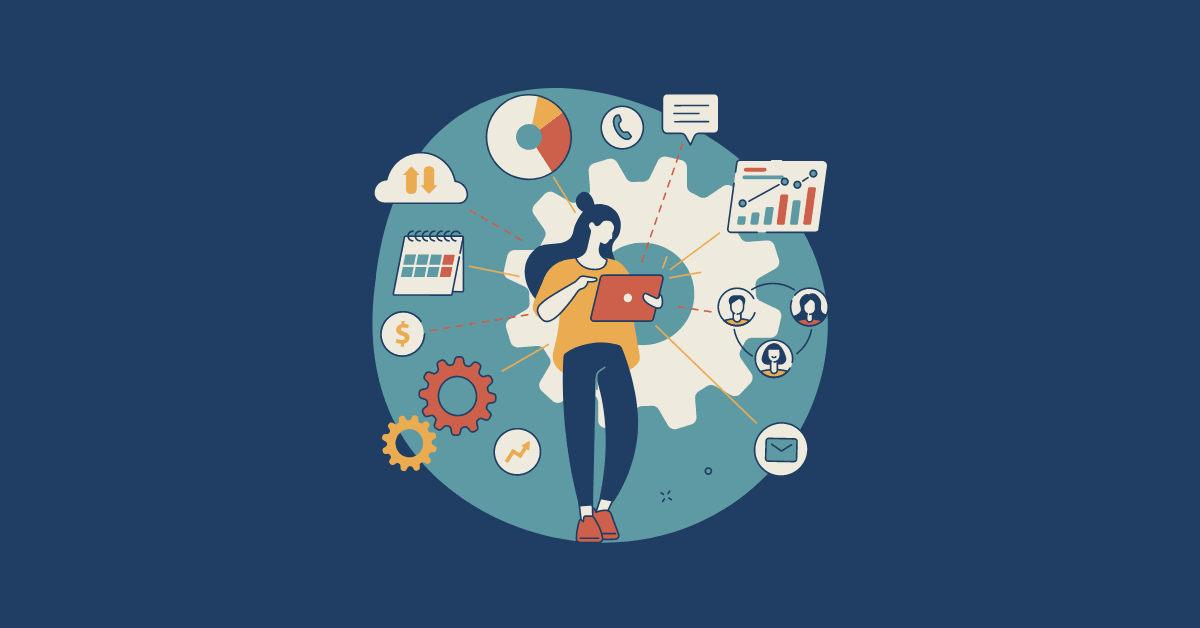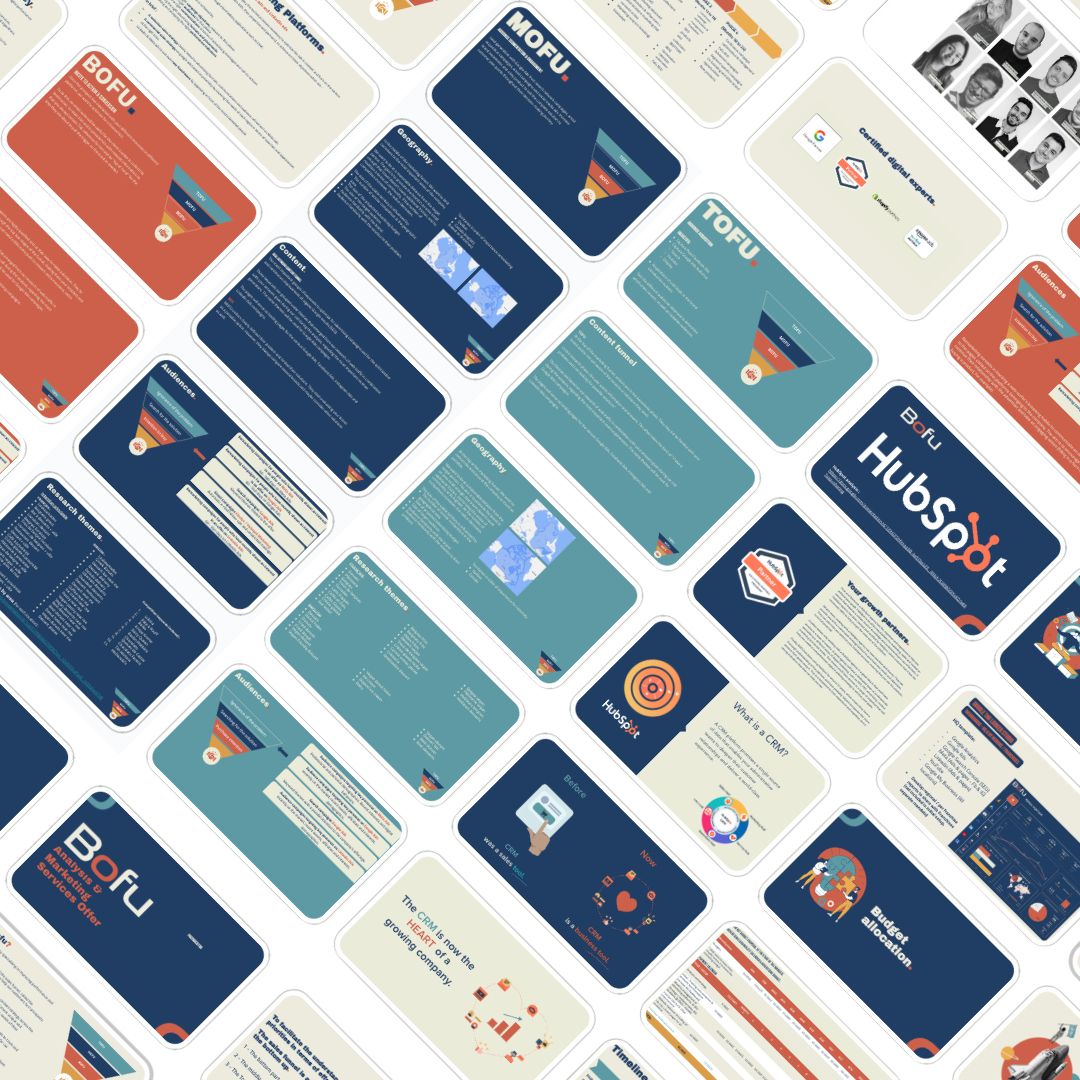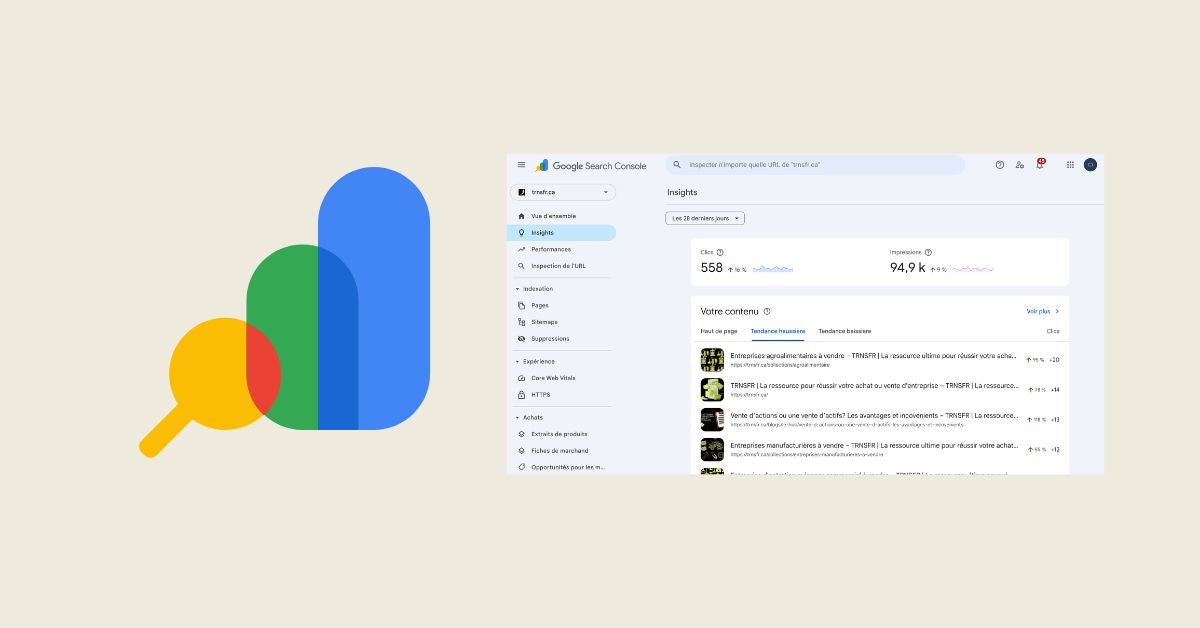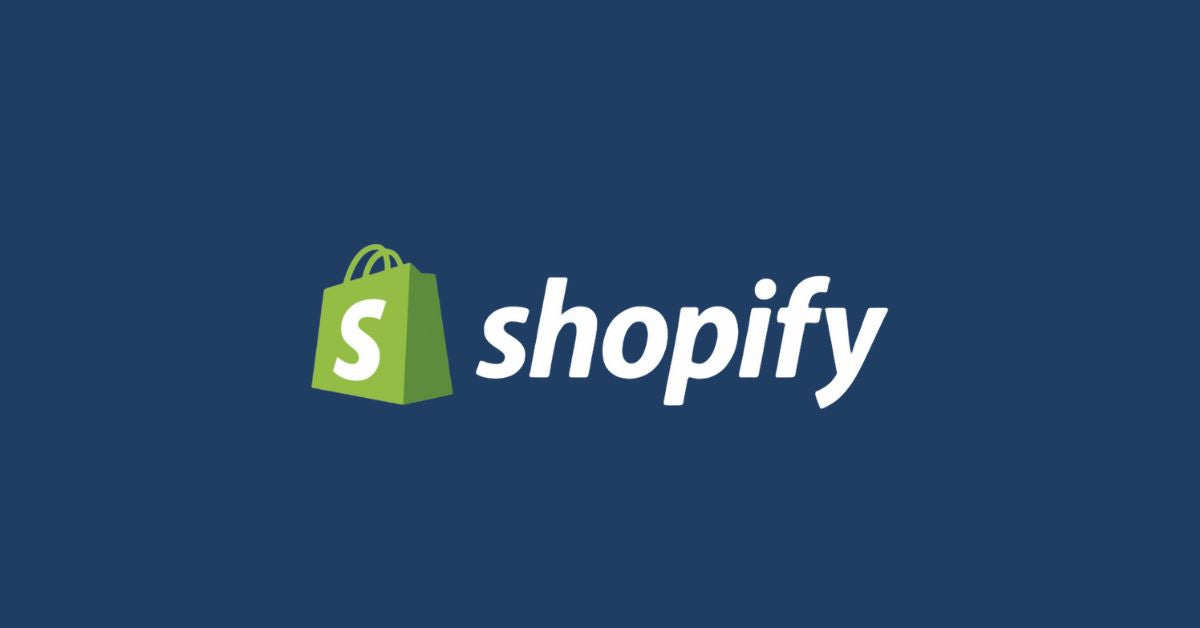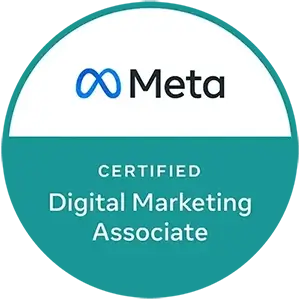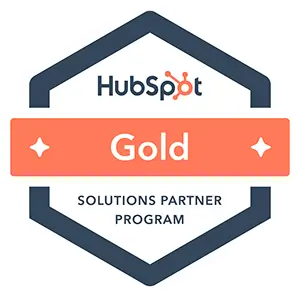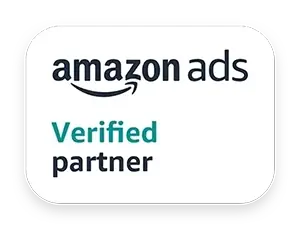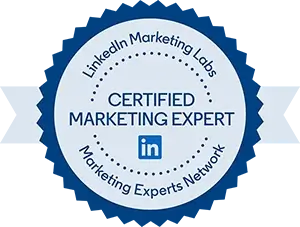The digital marketing landscape is constantly changing, with a myriad of strategies and tactics to attract, engage and convert customers. In this article, we'll explore a systematic approach to optimizing your marketing strategy: the acquisition ecosystem, customer activation, and brand amplification.

1. Client Amplification: From Levels of Unawareness to Awareness of Results
Your audience goes through several stages in their customer journey. He starts out unconscious - he doesn't even know he has a problem that needs solving. This is where the marketing goal is to engage, spark curiosity, and raise awareness of the issue. One way to do this is to tell a story that grabs attention and explains the issue in an interesting way, especially in the context of your target audience.
Once they realize the problem, your target audience needs hope. He is aware that he has a problem, but does not know how to solve it. Your goal here is to educate and show the benefits of your product or service by sharing a success story.
The next step is solution awareness. Your target audience knows there are solutions to their problem, but they don't know about your brand. Building trust and proving that your product or service works for the target persona is crucial here.
Then the customer becomes aware of your product or service. At this point, he's convinced your offer is the best choice for him, but he needs a reason to act now. This is where you create scarcity and urgency, demonstrating what will happen if they wait.
Finally, your audience is aware of the results. He has experienced the product or service and needs reminders to stay "top of mind". Your goal here is to demonstrate and convert, delivering total lifetime value for the customer.

2. Optimization of the Customer Journey with WERKSHÄP
WERKSHÄP is a methodology that allows you to effectively structure your communication strategy according to persona. Each stage of the customer journey is associated with a specific advertising campaign, optimized to meet the needs of the customer at that stage.
For example, for the cold audience that hasn't yet engaged with your brand, use generic campaigns without brand elements to educate about the issue and spark curiosity. Then, for those who have interacted with your brand, use machine learning to expand brand recognition audiences.
Retargeting campaigns are used to retarget website visitors with creative and social proof. For primary and secondary conversions, create scarcity and urgency, and re-target your existing customers to sell more products or services.

3. Advertising Channels: Maximizing the Impact of your Marketing Strategy
Selecting the right advertising channels is a crucial part of maximizing the impact of your marketing strategy. They serve as bridges between your brand and your target audience and should be chosen wisely to effectively reach and engage your prospects at every stage of the customer journey.
Social
Social media marketing offers a valuable platform to reach a large audience. Whether on Facebook, Instagram, LinkedIn or Twitter, you can target your audience based on specific demographics, online behaviors and interests. Social media ads can be used at all stages of the customer journey, from awareness to conversion.
Google Platform
Advertising on Google, whether through the Search Network, Display Network, or YouTube, is an effective way to reach users who are actively seeking information about their problems or looking for solutions. With the right keywords and proper targeting, you can use Google to educate, energize, and optimize your target audience.
Amazon
If you sell physical products, Amazon can be a very effective advertising channel. By using Amazon Sponsored Ads, you can reach users who are looking for specific products or solutions to their problems.
Generic Campaign
Generic campaigns without branding elements can be used to find audiences who are inquiring about their problem or looking for solutions. These campaigns can help educate and raise awareness about your brand.
Branding and Re-targeting Campaigns
Once you've established some brand awareness, branding and retargeting campaigns can be used to convert existing customers or to retarget customers who have shown a previous interest in your product or service.
By leveraging these different advertising channels strategically, you can increase the reach of your marketing strategy, grab the attention of your target audience, and ultimately increase conversions and total customer lifetime value.

4. The Growth Accelerator: Defining the Offer and Optimizing the Conversion Rate
The Growth Accelerator is a strategy that aims to maximize customer value over their lifetime. It starts with defining the offer and setting up sales funnels. Then you need to optimize the conversion rate (CRO) through inbound marketing tactics like advertising, emails and SMS.
Your goal is to help the audience understand the problem, then provide them with educational resources on how to solve the problem and the complexities of doing it yourself. You can then prove your expertise and notoriety by offering a conversion/incentive to act now.
Once the customer has made a purchase, the goal is to expand their investment with your brand. This can be achieved through up-selling, cross-selling, and back-selling.
Discover our digital marketing strategy process and its components.
Conclusion
Accelerating and structuring your customer acquisition and activation ecosystem is an essential marketing strategy for any business that wants to grow sustainably. By understanding customer amplification levels and using WERKSHÄP to optimize your customer journey, you can improve your marketing effectiveness and increase customer total lifetime value. Remember, the key is to always test, analyze and optimize for the best results.
Are you looking for more details on the marketing strategy and its components? Visit our service page here .
